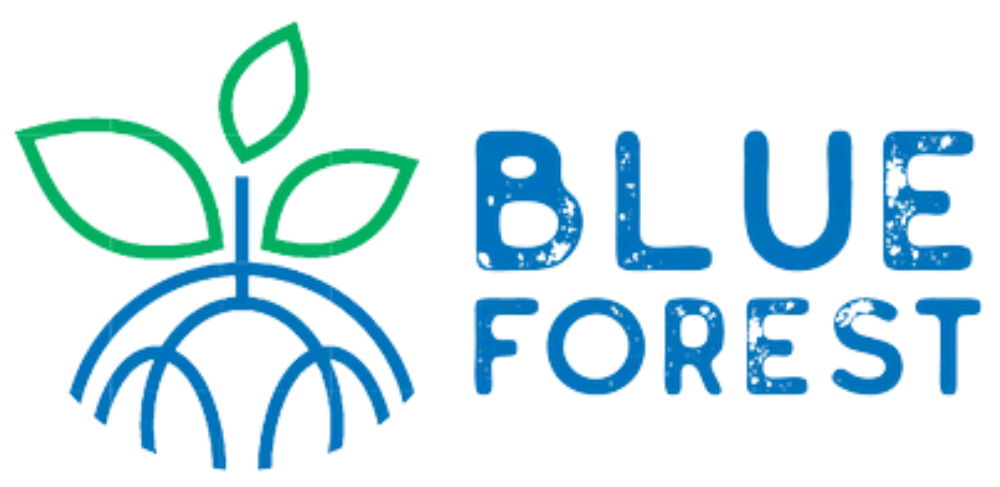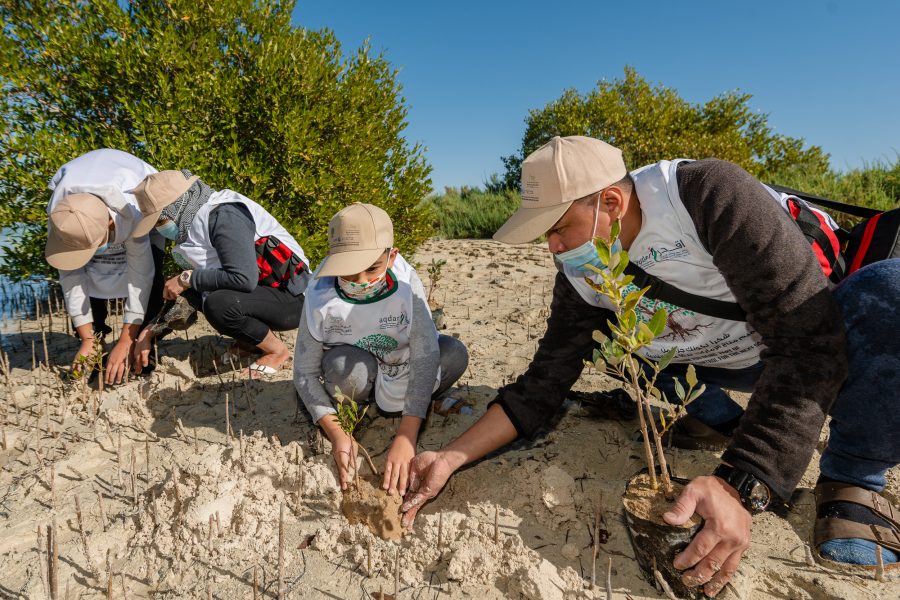In a world that is increasingly grappling with the consequences of climate change, engaging youth in environmental initiatives has become more important than ever. The younger generation holds the key to a sustainable future, and including them in projects that address climate concerns is a proactive step toward fostering a sense of responsibility and stewardship. Forest carbon projects, aimed at sequestering carbon emissions through reforestation and sustainable forest management, present an excellent opportunity to connect youth with the environment. Let us explore four effective strategies to engage and inspire young individuals in forest carbon projects:
Interactive Educational Initiatives:
Education forms the foundation of every endeavor. Organize informative workshops and seminars that highlight the importance of forests in the global fight against climate change and carbon sequestration. Collaborate with environmental experts, scientists, and educators to deliver engaging presentations that employ visual aids, real-world examples, and relatable stories. To make the learning experience immersive, consider including multimedia components like videos and virtual tours. Encourage young attendees to participate in open discussions and Q&A sessions to answer any questions and promote critical thinking.
Hands-On Reforestation Experiences:
Engaging directly with the natural world can promote a strong connection and understanding of its importance. Arrange hands-on tree planting and reforestation events where young participants can actively contribute to re-greening the environment. Collaborate with local forestry departments, NGOs, and community groups to organize these events in ecologically significant areas. Provide participants with information about the different tree species being planted, their functions in carbon capture, and the advantages they have for the ecosystem. This tactile involvement instills a sense of accomplishment and ownership among youth, reinforcing their commitment to sustainable practices.
Utilizing Digital Platforms and Gamification:
Recognize the youth’s passion for technology and use it to engage them effectively. Develop mobile apps or web-based platforms that simulate tree planting and growth. These platforms can provide information on facts related to climate change, ecological impact, and carbon offsetting. To make the experience competitive and rewarding, include gamification components like leaderboards and challenges. This approach not only educates youth about forest carbon projects but also capitalizes on their digital interaction preferences.
Youth-Led Initiatives and Advocacy:
Empower young individuals to take the lead in driving forest carbon projects. Encourage them to propose and execute their own ideas, fostering a sense of ownership and agency. Provide mentorship and resources to guide their projects, ensuring they are viable and impactful. Encourage youth-led advocacy campaigns aimed at raising awareness about forest conservation and carbon reduction. Amplify their voices by providing opportunities for them to interact with policymakers and community leaders, amplifying their impact on a larger scale.
Engaging youth in forest carbon projects is a dynamic way to instill a sense of responsibility, environmental consciousness, and active participation in the fight against climate change. By employing interactive education, hands-on experiences, digital innovation, and youth-led initiatives, we can equip young individuals with the tools they need to become future leaders in ecological sustainability.

